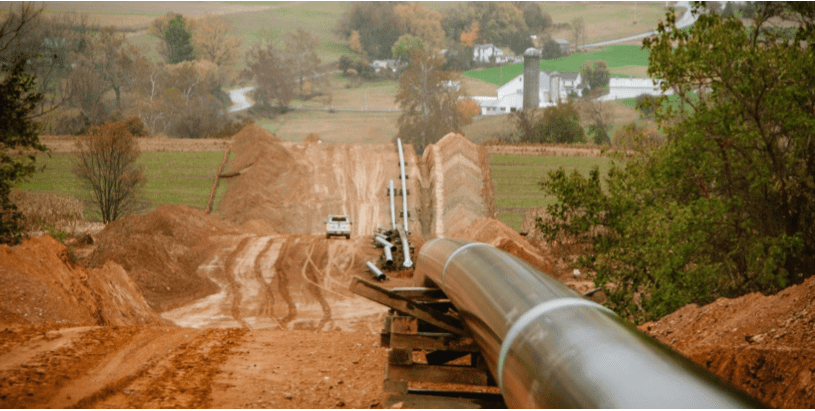Safety is a major priority for all companies involved in the pipeline supply chain. A new LSI white paper and supporting guidance documents initiated by the INGAA Foundation will assist Foundation members as they strive for continuous improvement in safety.
The white paper, aimed specifically at owners and contractor companies, stresses the need to embrace LSIs in order to reduce serious injuries and fatalities.
Leading vs Lagging Indicators
Lagging indicators are measurements and data from the past. They are reactive in nature and measure how many people were injured, and how severely, over a specified period of time. They do not provide a strong method of determining the overall safety capability of a company or future performance, which severely limits the utility of lagging indicators for safety comparisons or forecasts
Leading indicators are not simply predictors; rather, they are measures of the activities that yield future performance. In other words, safety leading indicators are more than just predictive, they are the proactive agents of change.
For nearly 50 years construction operators have used Total Recordable Incident Rate (TRIR), a lagging indicator, as one of the primary measures of safety performance, and as a predictor of future performance. TRIR is the rate at which a company experiences OSHA-recordable incidents, scaled per 200,000 worker-hours. It is well established as the dominant safety metric used to compare organizations, projects, year-over-year performance etc.
Statistical analysis cited in the INGAA report has found that there is no discernible association between TRIR and fatalities or recordable injuries. These results challenge conventional wisdom after empirical analysis of 3.26 trillion work hours of TRIR data and a statistical demonstration of proof (Dr. Matt Hallowell, Mike Quashne, Rico Salas, Matt Jones, Brad McLean, Ellen Quin, Professional Safety Journal, April 2021).
Using Leading Indicators
In order to set out a path forward for the industry to adopt leading indicators, the LSI project team, after evaluation of twelve potential LSIs, recommended three standardized leading safety indicators which are measurable, consistent, actionable, positive, unidirectional and predictive; which can be standardized across the industry and across projects; and which are differentiators:
-
- Pre-job planning briefs (for instance JSAs or FLHAs)
- Safety observations
- Leadership engagements
“It is our goal in this LSI work, to go beyond merely encouraging companies to adopt leading indicators. Our collaboration created a set of LSIs that all companies can adopt into their Contractor Safety Management Practices, including contractor pre-qualification processes, in-job oversight and post-project evaluations. The INGAA Foundation’s publication of the Leading Safety indicator Program Guidance (CS-G-08) and the Guidance for Serious Injury and Fatality Prevention (CS-G-09) have laid the groundwork for this critical evolution”, said Brad MacLean, INGAA Foundation project co-lead and senior vice-president of the Wolfcreek Group
As operators and contractors start to adopt the use of this index of three standardized leading safety indicators for pre-qualification, in-job monitoring, and post-project evaluation it will allow for an industry-wide safety standard for measuring and judging safety performance.
To learn more about the limitations of TRIR and other lagging indicators, and the benefits of leading indicators, read “Implementation of Standardized Leading Safety Indicators in Contractor Safety Management Programs” by the INGAA Foundation, and check out Guidance Documents CS-G-08 and CS-G-09, on the Energy Connections Canada’s SharePoint Site – Safety Tab, Final Reports Folder, Leading Safety Indicators.




